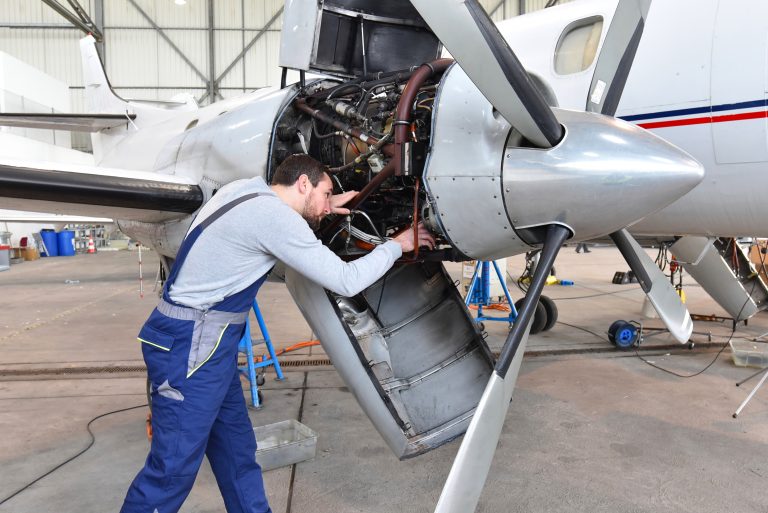
Share A Jet: The Secrets Behind Dry Leasing and Wet Leasing
Understanding a common term and the common misconceptions surrounding it.
Purchasing your own aircraft is an exciting experience, but just like with any large purchase you may be feeling a bit overwhelmed. The journey to owning your dream aircraft involves a crucial step: understanding how aircraft financing works. That’s why we’ve created this guide: to explain the complexities of aircraft financing and dive deep into the loan process.
Just like other forms of financing, aircraft financing follows the same principles but with different considerations due to the niche characteristics of aircraft. Let’s break down the basics:
The loan-to-value (LTV) ratio in aircraft financing is determined by a few different factors:
Several considerations affect the interest rate in aircraft financing:
Yes, a lien is a standard practice in aircraft financing. The lender places a lien on the aircraft as collateral, ensuring their interest in the asset. This legal measure protects the lender’s rights in the event of default and provides a structured approach to risk management.
There are two types of liens to consider: Consensual Liens and Non-Consensual Liens
Consensual liens are typically agreed-upon between a lender and an owner, or another party with an interest in the property. This could include aircraft mortgages and security agreements.
Non-consensual liens arise by operation of law, not as the result of an agreement between the parties – mechanics’ liens being primary examples. In the US these are governed by state law and vary from one state to another.
Read More: AvBuyer- What You Should Know About Aircraft Liens
Navigating the aircraft financing process requires a systematic approach. Let’s break down the essential steps.
When exploring aircraft financing, it’s necessary to establish a realistic budget. Consider factors such as your financial capacity, how you plan to use the aircraft, and operational costs. You can use resources like the Aircraft Finance Calculator to plan out your potential budget. Most lenders require a DTI (Debt to Income) ratio below 46%. This is calculated after the aircraft purchase is included in your total monthly payments of all debt service.
Once you have a clear budget, the next step is to apply for aircraft financing. Explore reputable financing options, such as those offered by Flying Finance, and submit your application. Be prepared to provide financial documentation and details about the intended use of the aircraft.
With financing pre-approved, embark on the exciting phase of shopping for your dream airplane. Collaborate with platforms like Aircraft For Sale and AvBuyer to explore available options. Once you find the right aircraft, sign a purchase agreement that outlines the terms and conditions of the transaction.
Consider placing the airplane under a single-use Limited Liability Company (LLC) to provide additional layers of protection and flexibility. The structuring of the purchase involves legal considerations that impact ownership and liability, making it a crucial step in the financing process.
As the transaction progresses, set up essential elements such as insurance, escrow, and legal documents. Aircraft insurance is a critical component, providing financial protection and compliance with regulatory requirements. Work with professionals to ensure a seamless process.
Now that you have assessed your budget, chosen an aircraft, and purchased insurance you are ready to begin the closing process, where all legal and financial aspects are finalized. This includes the transfer of ownership, finalizing documentation, and the disbursement of funds.
Understanding the closing process will allow a smooth transition to aircraft ownership.
The world of aircraft financing may seem intimidating, but don’t let that discourage you from acquiring your dream airplane! Though this guide has provided a thorough overview of the process, we recommend that as you continue to step into the world of aviation finance you explore additional resources to improve your knowledge and make informed decisions. Whether you are a first-time buyer or a multi-aircraft owner, FLYING Finance is here to help you with your aircraft financing needs.

Understanding a common term and the common misconceptions surrounding it.

Welcome to this week’s edition of Clearance To Fly, your trusted guide for buying your first aircraft. I’m a pilot who’s spent years in aircraft

If you’ve followed any of FLYING Finance’s guides for picking your first aircraft, you might also be thinking about the next steps. What does ownership look

At Flying Finance, we’re your trusted partner in aviation financing. With a deep understanding of the aviation industry and a commitment to making your dreams take flight, we provide tailored financing solutions for business jets, piston aircraft, turboprop aircraft, helicopters and more. A financier who understands aviation.
405 Cherry Street, Chattanooga, TN 37402
© 2025 Flying Finance. All rights reserved. Privacy Policy